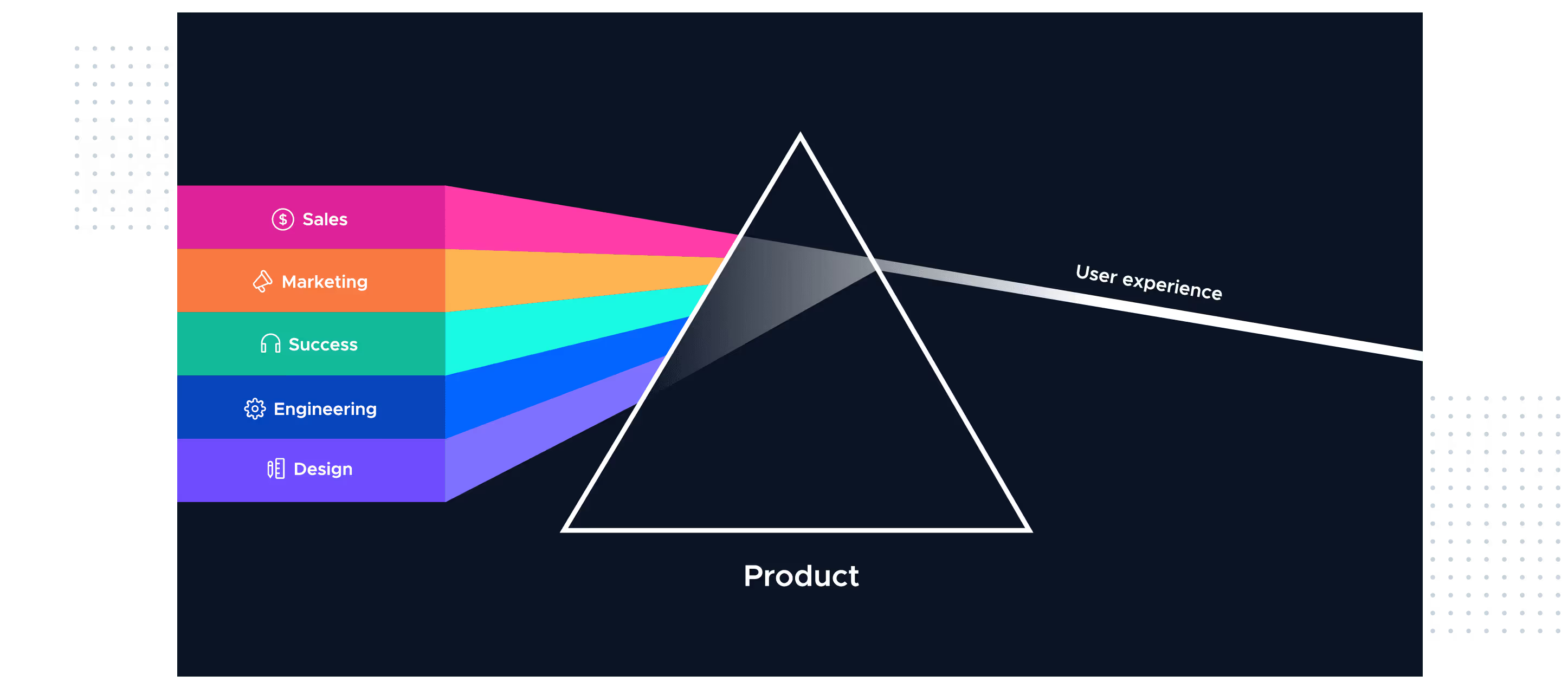.avif)

Read Time:
5
Minutes
October 14, 2025
Product Led Growth is the De Facto Strategy and Operating Model
Increasingly, companies are shifting to product-led and agile business strategies that focus on adding value to user experiences, shifting the balance of power from buyers to end users. New waves of technological disruption are also intensifying these demands across all industries worldwide.
Product Led Growth (PLG) is a go-to-market strategy that in recent years has been rapidly prevailing across SaaS companies worldwide. This includes both private and public firms, varying in team sizes and product categories, from developer tools to productivity-enhancing software to finance applications. It is exciting to see companies become more intuitive in adjusting to the major shifts in customer adoption and acquisition by challenging traditional sales-driven methods and focusing on highly efficient product-centred growth initiatives.
What is PLG?
Simply put, PLG is a business strategy and methodology that positions the product as the driving force behind customer acquisition, activation, satisfaction, retention, and scalable expansion. The strategy uses a user-driven approach to understanding the user experience, journey, needs and pain points as the product is constantly improved and aligned against these parameters. Some examples of companies utilising a PLG model are Slack, Dropbox, Zoom, Shopify, Okta, Canva and many others including less well-known but high-performing companies which have been recognised by the venture capitalist firm Open View within their PLG Market Map.
The following attempts to help visualise how the Product Led Growth strategy works.The illustration was sourced from Product Led Growth (a community-driven resource company) who has coined it as the ‘product-led prism’:

Correctly implementing a PLG strategy means all the business resources and efforts are product-focused, leveraging product capabilities to convert engaged users into paying customers and product advocates. Essentially, the SaaS product becomes the solution, salesperson, and single source of truth. Driving inbound traffic and enabling PLG companies to grow faster, more organically, with higher margins and stronger retention compared to non-PLG companies.
Why PLG?
As companies transition into new agile and product-led business strategies that prioritise adding value to user experiences, it is becoming clearer that the balance of power has shifted from the buyer to the end user.
In this end-user era, new waves of technological disruption have become progressively persistent across industries which has increased end-user demands for enhanced experiences from their everyday software tools. Insights from Forbes reveal that 89% of consumers view ease as an important factor when deciding on a product. While a 2015 Forrester report found that consumers want to self-educate with nearly 75% of B2B buyers revealing they would rather buy through an app or website, than through a salesperson.
The PLG strategy helps companies deliver on these expectations by enabling engaged users to use and review their products immediately via free trials or freemium models with subscription-based options.
In addition, as we have learned first-hand through this year’s US research tour, there is a much greater level of flexibility and scalability in software infrastructure than ever before. This is supported by emerging trends in multi-cloud ‘stack’, open-source, no-code APIs and modular tools that enable developers to build software and applications more efficiently from scratch. When combining these opportunities with a PLG strategy, SaaS companies can benefit from the following advantages:
· With self-sufficient prospects willing to onboard themselves, companies can greatly decrease their sales cycle and prospects’ time-to-value. When done well, users will become loyal paying customers and are more likely to share and refer the product to others. OpenView’s 2020 SaaS Product Benchmarks report highlights that free leads derived via organic channels such as word of mouth and social shares are more likely to convert into paid accounts than leads generated through paid marketing campaigns alone.
· Lower customer acquisition costs (CAC) is another advantage that PLG companies can gain as they are not constrained by expensive marketing or sales costs. PLG relies on the belief that if a product has value, it will penetrate the market and thrive on its own merits. Resulting in healthier growth patterns that produce a faster return on the cost of acquisition.
· As the PLG strategy forces all teams to focus on how the enduser interacts with the product, customer success teams can make both accurate and meaningful data-driven decisions based on user behaviour and engagement insights. Allowing them to push for worthwhile enhancements, tailor their upsell value and reduce churn.
There are still many more reasons and real-world examples that explain the success seen by many companies choosing to adopt a PLG go-to-market strategy. Still, it is important to recognise that the goal of Product Led Growth is more than just disrupting how SaaS companies sell or develop a product to go viral. It is about how you survive in today’s increasingly competitive and evolving market. Becoming product-led is a process and journey that requires a mindset shift at both the individual and company level.
You could say that currently, PLG is on the horizon, and we are experiencing a calm before the storm that could make or break many more SaaS companies.
If you enjoyed this blog post, explore these related topics from Ntegra's Blog Hub for deep insights, industry trends, and thought leadership. Our curated content navigates the ever-evolving landscape of technology, innovation, and business strategy.
The Role of the Discovery Phase in Agile Software Development
How Do You Maximise Innovation Within Large Enterprises?
The Benefits of Prototyping and Why You Should Be Doing It
A Deeper Dive into the Evolving Landscape of Cloud Technology
Venture Capital and Corporate Innovation - A Point of View From Mayfield Fund
Why Adoption is as Important as Technology
The Future Of Israel’s Technology Economy
The Story Of The Israel Start-up Nation

